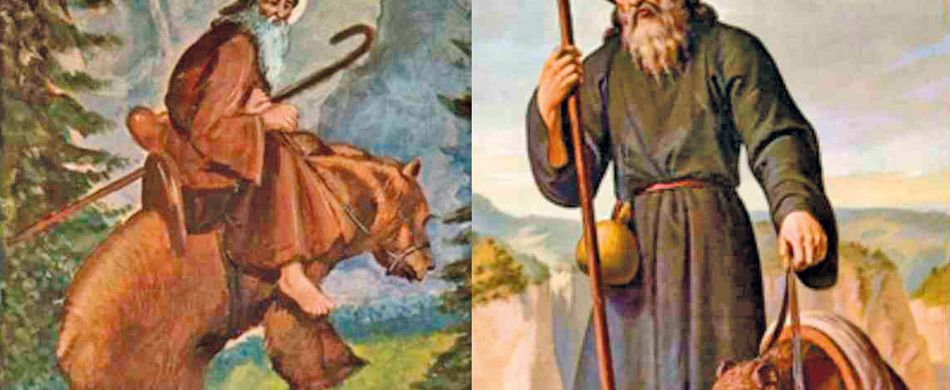DEAR friend, bears are a protected species in Italy and, as they had completely disappeared in the north-eastern region of Trentino, three specimens were imported from Slovenia about two decades ago. Since then, the number of bears has increased from three to about one hundred, posing a danger for the safety of the population in that region. In particular, a few months ago, a 17-year-old female bear, identified as JJ4, which had previously attacked two hikers, killed a young man, Andrea Papi, while he was jogging in the woods.
The following day JJ4 was caught and taken to the enclosure of a wildlife park. The authorities ordered the animal to be put down, but animal rights groups appealed to an administrative court, which suspended the order. Now public opinion is divided, not least because the victim’s parents are against euthanizing the bear. They argue that it is unnecessary cruelty to kill an animal that only obeyed its instincts, perhaps to defend its cubs that it thought were in danger.
About thirteen miles from the site of the tragedy is the hermitage of San Romedius, a monk traditionally renowned for having tamed a bear. The shrine, which has for many years been the site of one of our Franciscan friaries, stands on a striking spur of rock and consists of five chapels built over a period of about 900 years, between 1000 and 1918. Located against a steep rock face, the chapels are connected by a spectacular flight of 130 steps leading up to the top from where you can enjoy a breathtaking view.
According to ancient documents, Romedius was born in 330 AD and was the only son of the Count of Thaur, lord of a castle near Innsbruck. Decisive for his choice of religious life was the pilgrimage he made to Rome where he had the opportunity to be received by the pope. On the return journey, he met the Bishop of Trento and the future martyrs Sisinnio, Martirio and Alexander, who had been sent to evangelize the Non Valley by St. Ambrose, the bishop of Milan.
Learning of the death of the three missionaries, Romedius decided to donate all his possessions to the Church and to retire in prayer with two companions in the caves of Sanzeno, the village where the three religious had suffered martyrdom. Here he spent the last years of his life. He died in the early 5th century and was buried on the top of the cliff where his tomb still stands.
Several prodigious events have been attributed to him, the most famous of which is taming a bear. Romedius needed to go to Trento, but a bear had mauled his horse. Informed of this, the saint told a monk to saddle the bear. The animal immediately became docile, allowed itself to be bridled and carried Romedius on his back to Trento. This is why when the saint is portrayed, a meek bear is often painted next to him.
The pain for Andrea’s tragic death in Trentino is great, but the story of St. Romedius shows us a way out: reflect, be creative, and always consider every creature as a gift from God. I do not believe that it is right to kill the Bear JJ4, but that it should be kept in a place where it cannot harm anyone. However, we always have to keep in mind that human beings have primacy over all other living creatures because, as the Bible teaches us, God made us in His image and likeness.




